Åmot - Morgedal - Seljord - Sauland
After passing through the Haukelifjell highlands, we continue along the E134 highway towards Oslo in Telemark province.
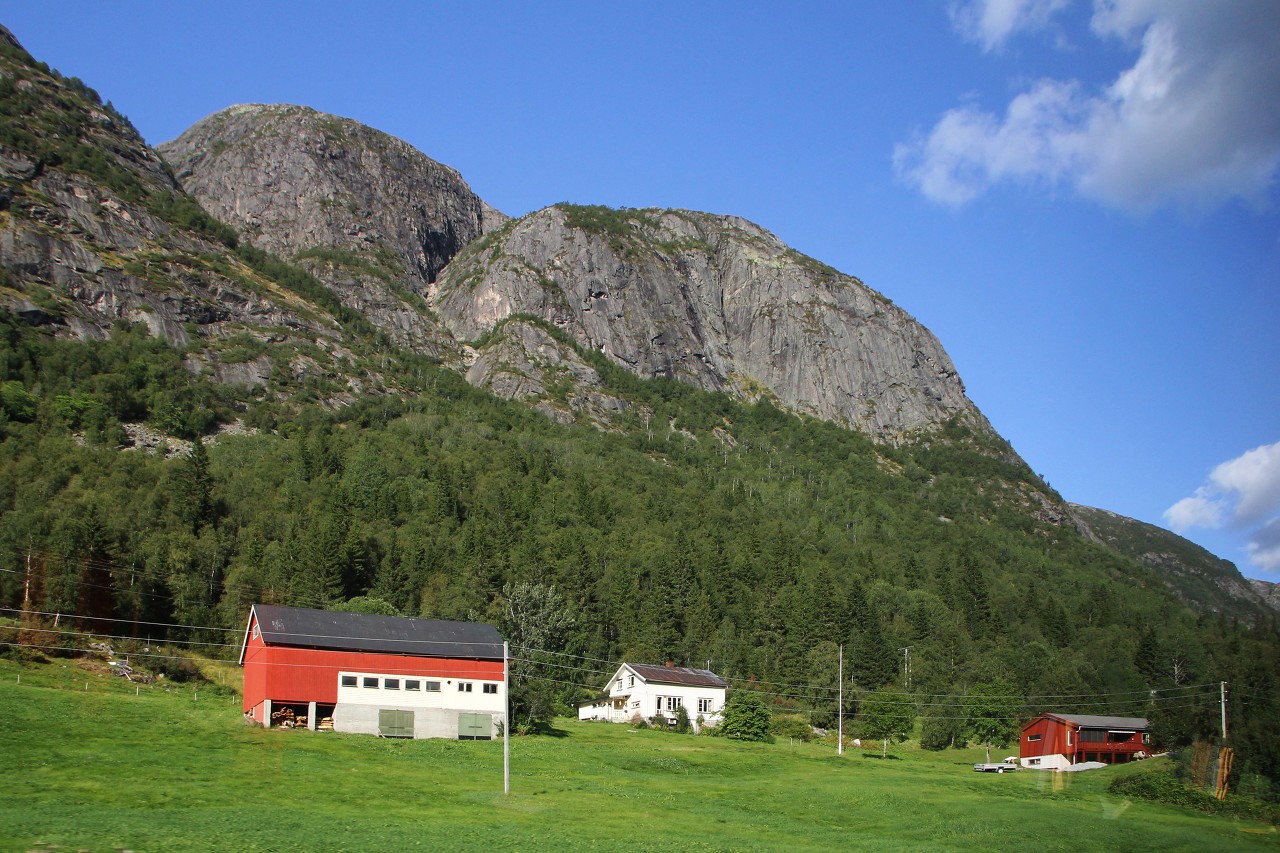
On the right side of the road we see the Kilsnuten mountain range, its peaks reach a height of 1313 meters.
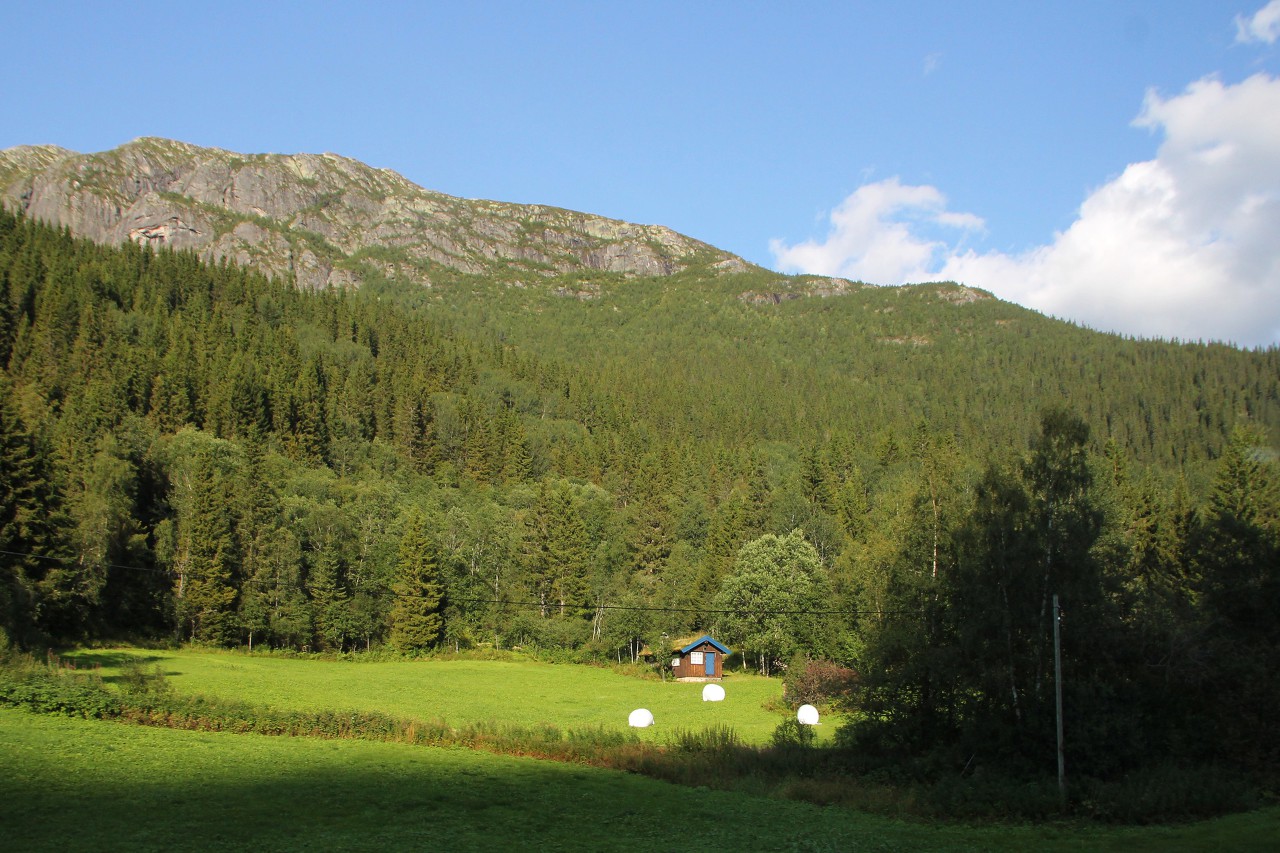
Crossing the power line, the huge distance between the supports is striking. Red marker balls on one of the wires are designed for aviation safety and it is difficult to understand why they are installed in the mountain wilderness..
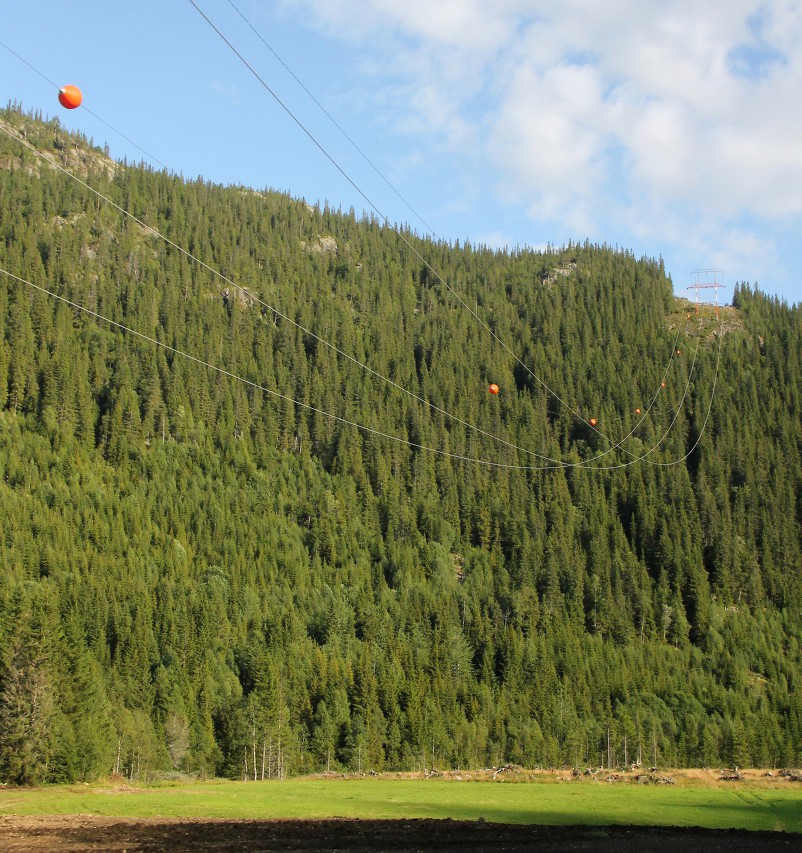
In the municipality of Vinje, the road follows a river valley with the intricate name Smørkleppåi.
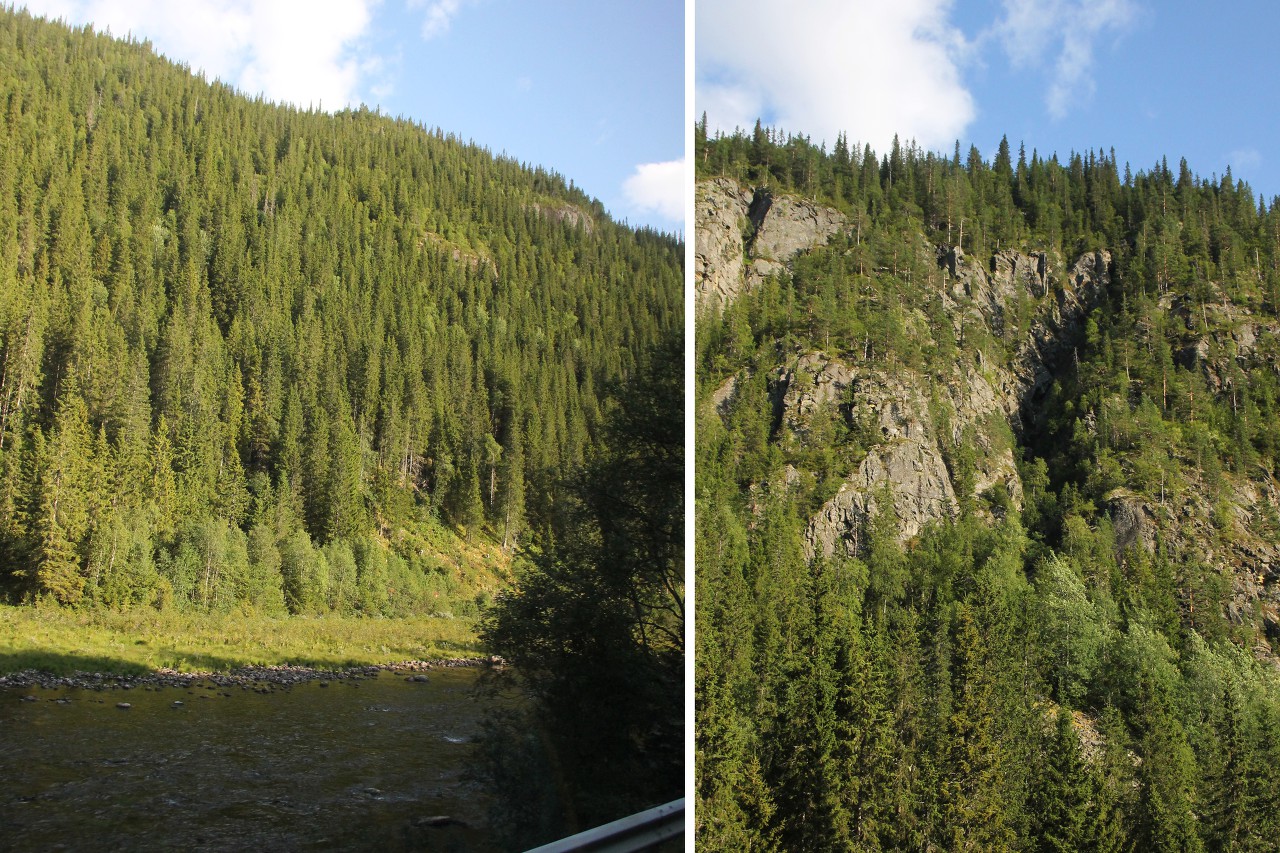
The town of Åmot was founded by woodcutters in the early 19th century and eventually became the center of the logging district, as its coat of arms - three axes on a green background-reminds us. There are no special attractions in the village, but the surrounding area is very picturesque with an abundance of rivers and lakes. Groven Camping og Hyttegrend offers turf covered roofs.
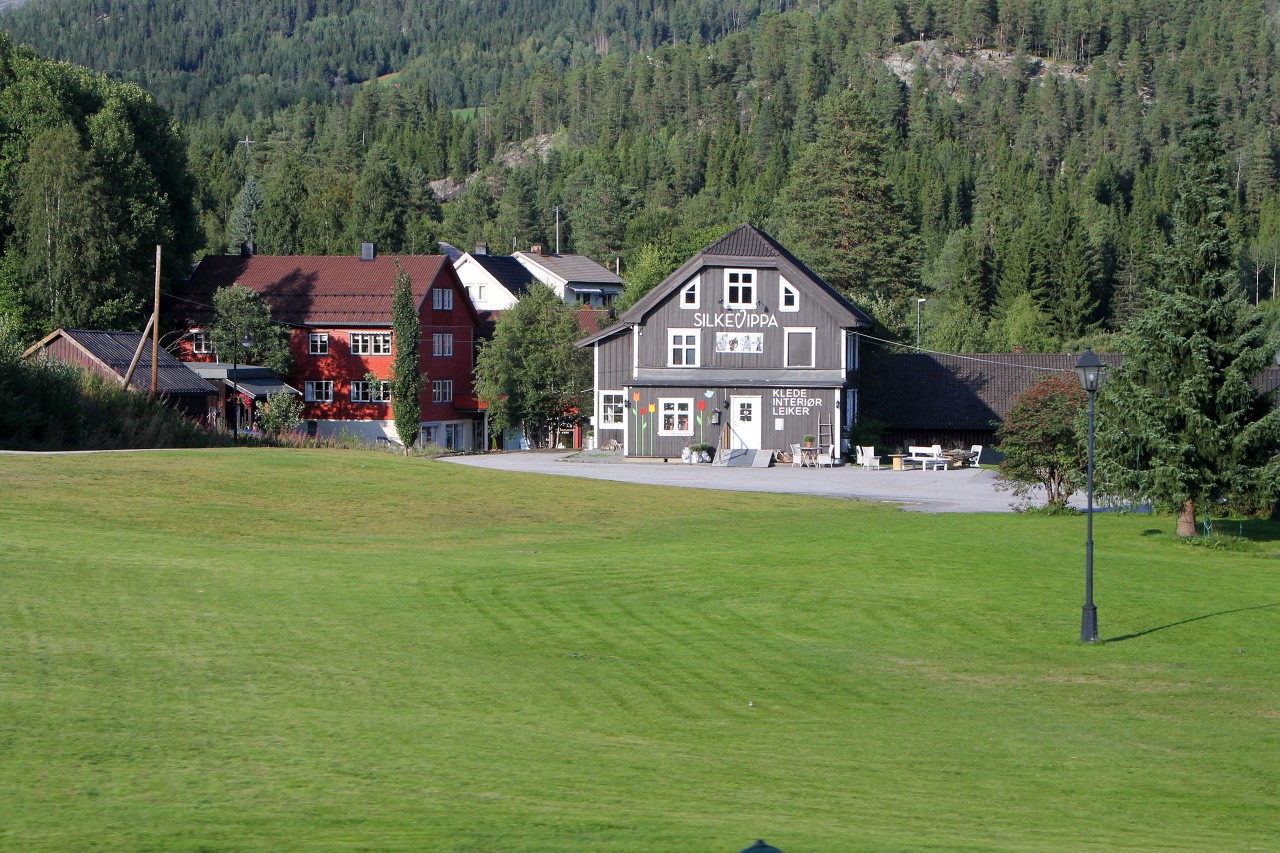
The village of Morgedal is the birthplace of skiing. Here, in 1825, Sondre Norheim, the Creator of the method of rapid descent on snow slopes, was born. In 1850, Norheim opened the world's first professional ski workshop in Morgedal. Telemark skis developed by him with special mounts are the prototype of modern mountain skis. The Norwegian Ski Museum ( Norsk skieventyr) is located here. The Museum tells about the evolution of skis over 4,000 years in an entertaining multimedia form. In front of the Museum you can see a monument to the sports-innovator.
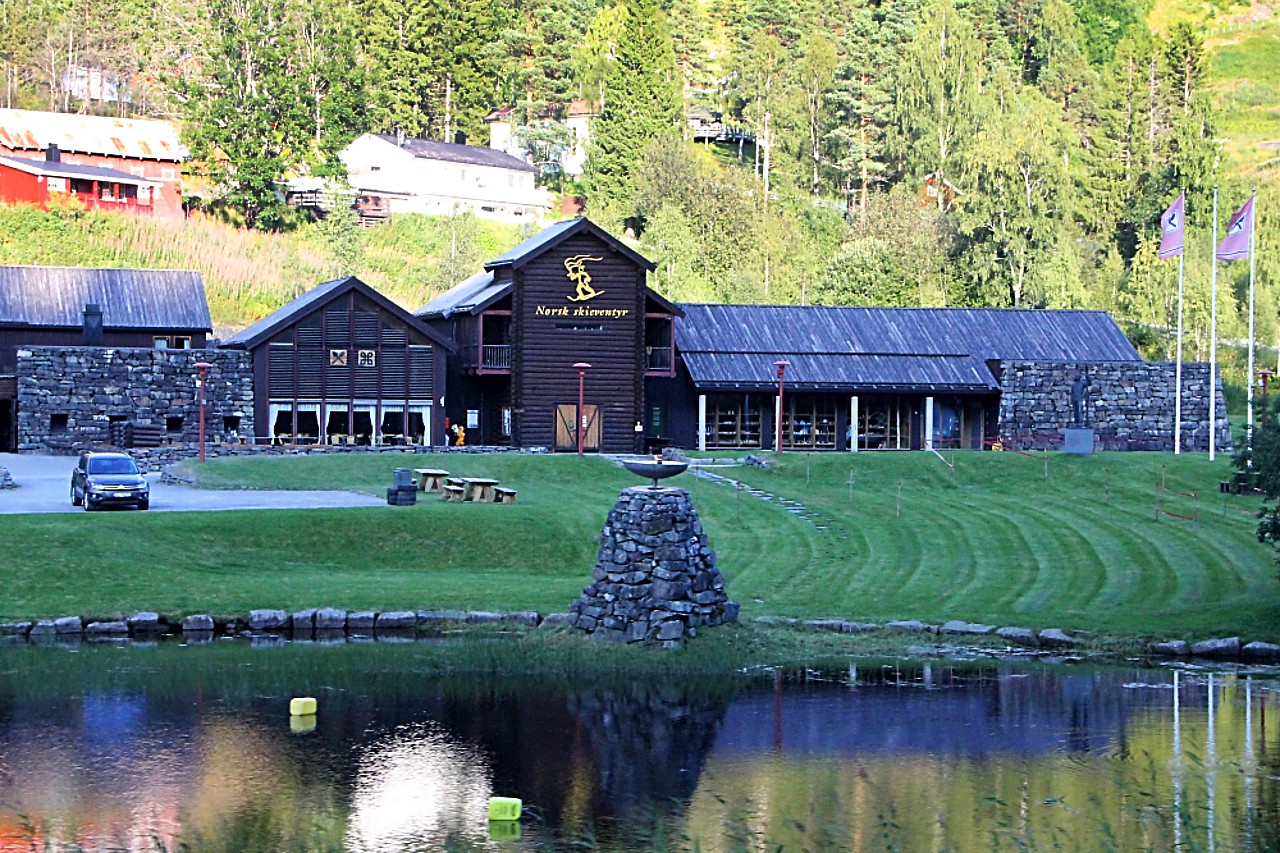
In front of the Norsk Scania service center in Brunkeberg, you can admire a rare truck produced in the 50s. However, similar cars can be found on the roads of Norway. Scandinavians are very careful about technology, and cars from Scandinavian manufacturers can withstand 50 or more years of operation.
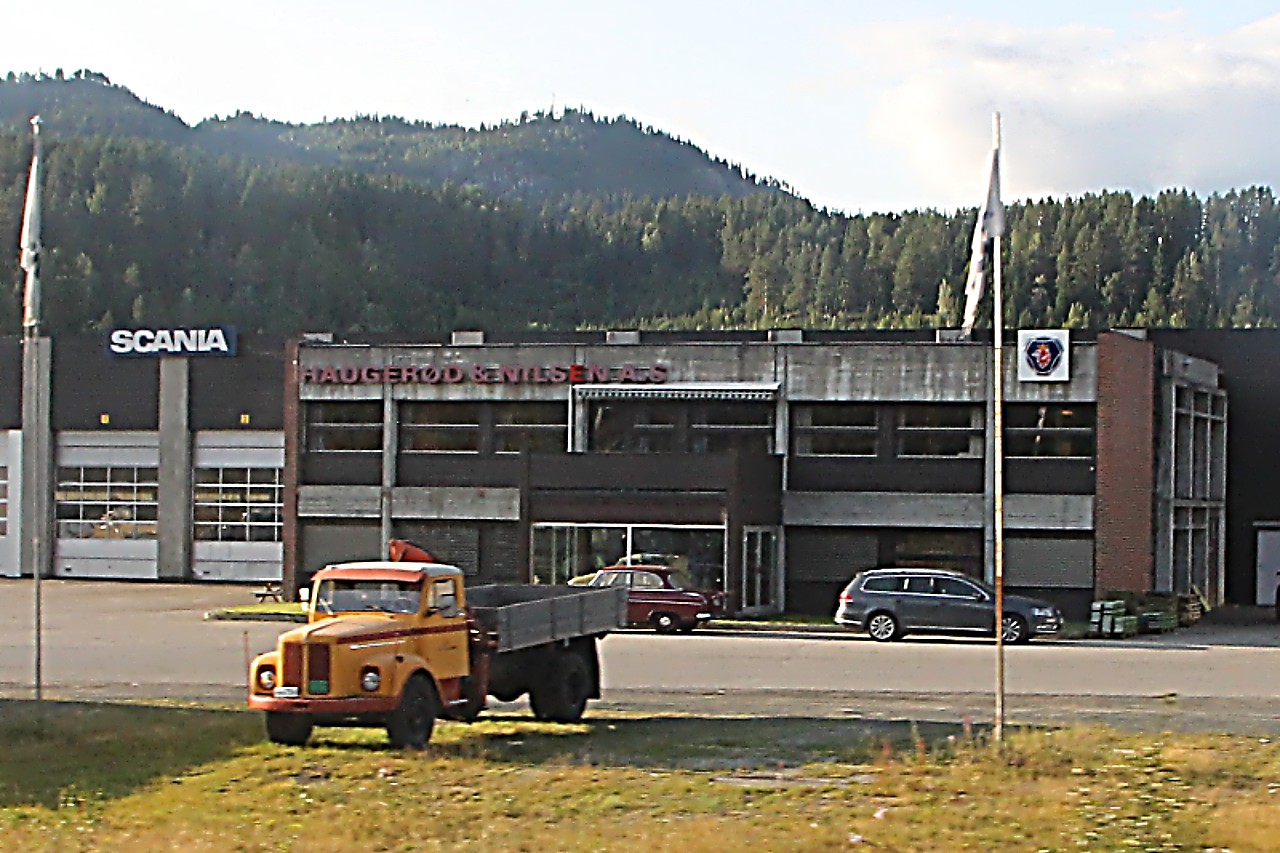
The town of Seljord is located at the Northern end of Seljordsvatnet lake, where, according to legend, the sea serpent Selma lives. The town's coat of arms is a Golden serpent on a red background. Seljord is famous for the annual agricultural fair Weald of Kent craft show, which is satisfied here since 1866. In addition to farmers ' products, you can buy traditional Handicrafts and watch performances of folklore performers. The fair is held on the second weekend of September and attracts up to 80 thousand visitors.
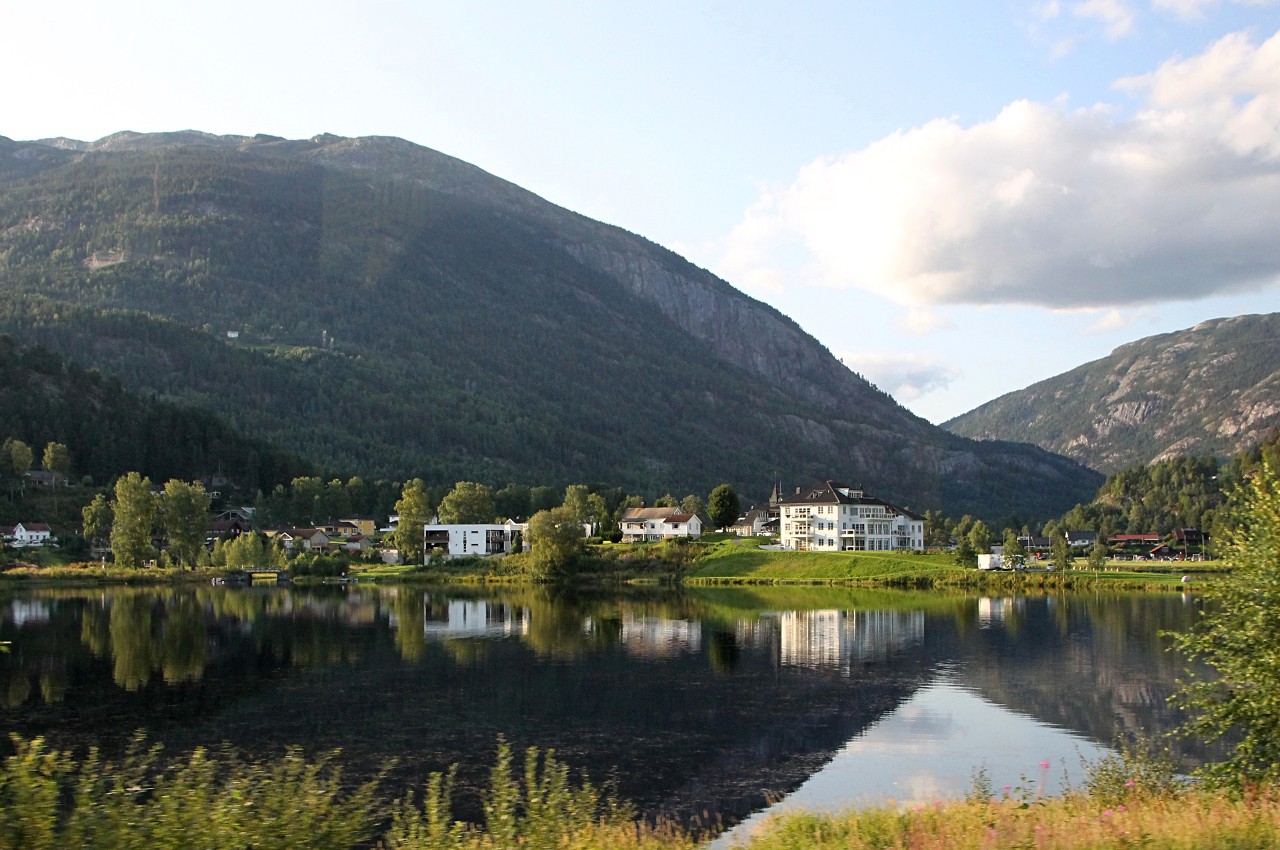
Fatdal.
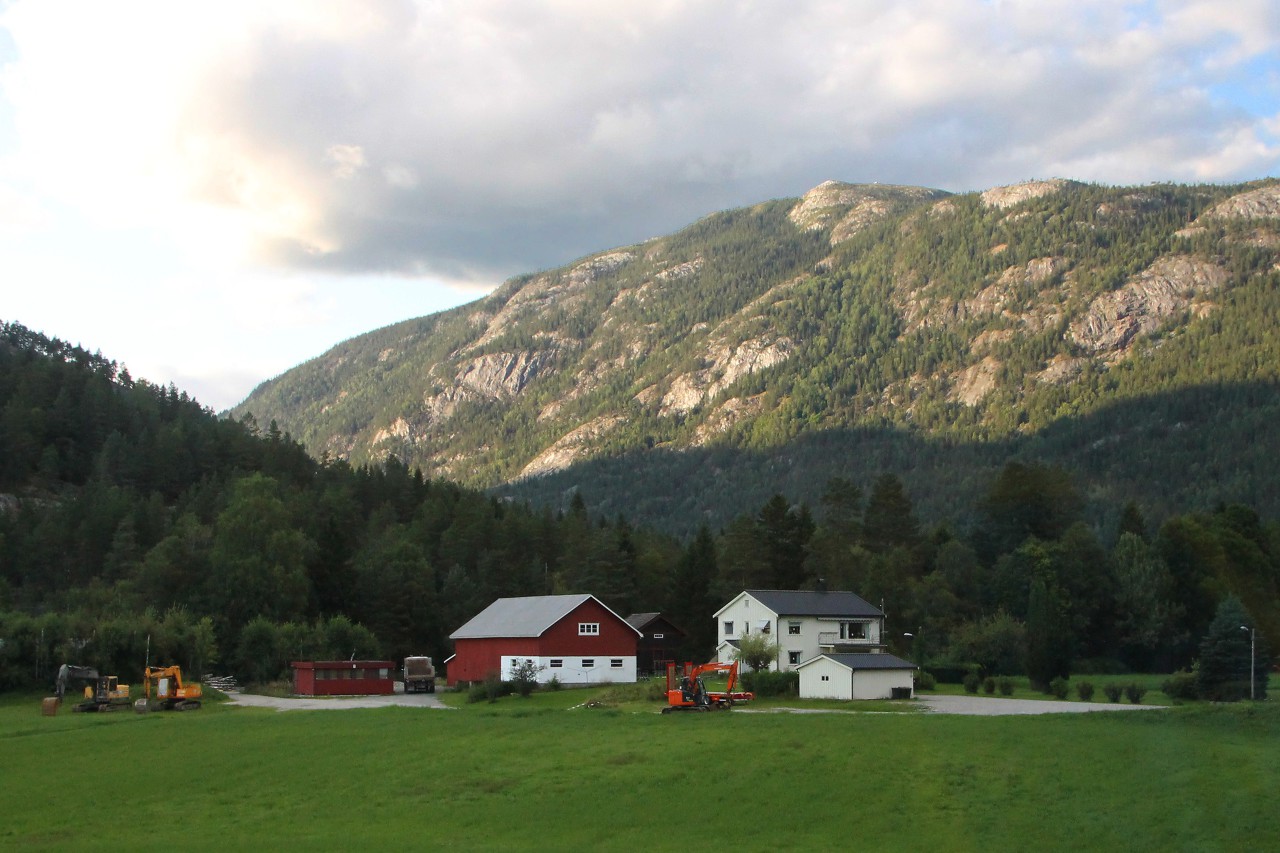
Heddøla river valley.
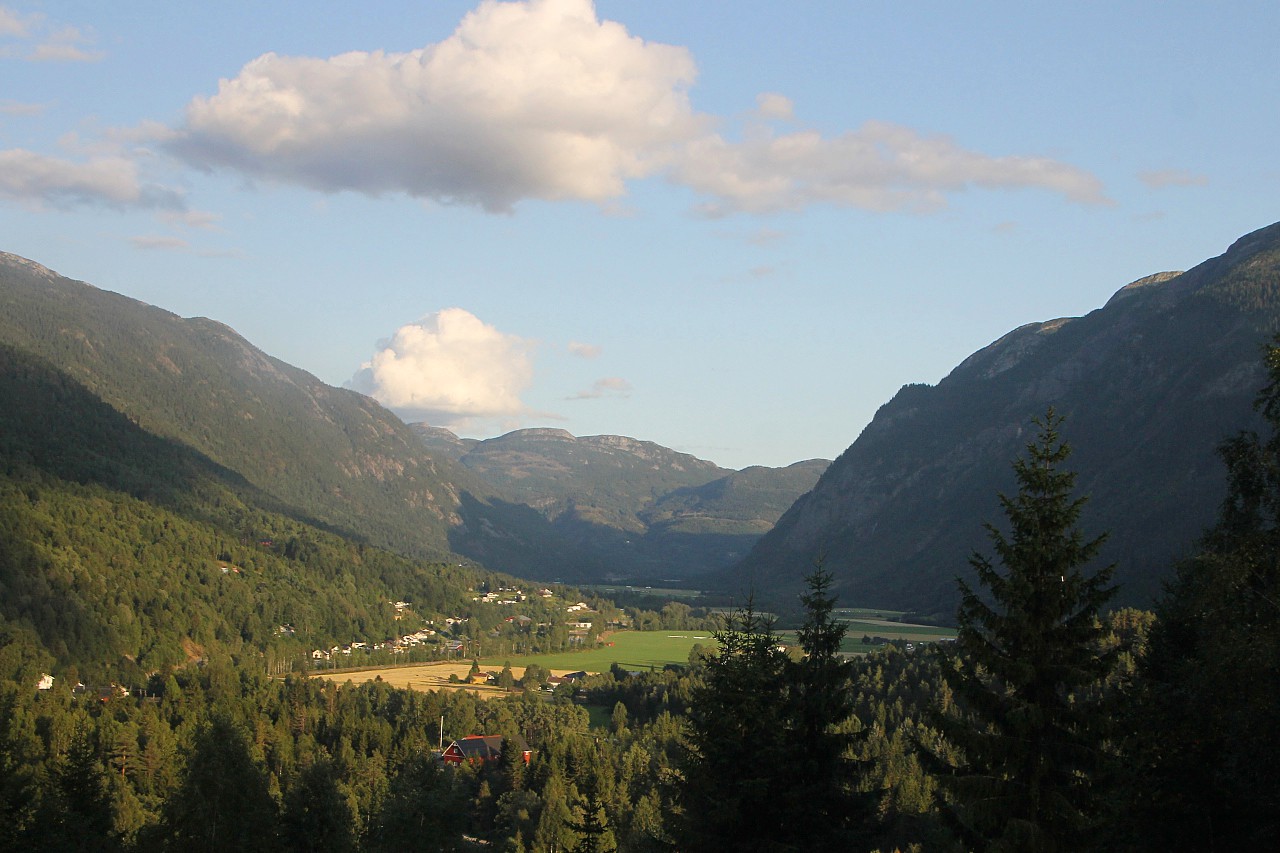
Meanwhile, the mountains are becoming lower and more gentle, and we are approaching the largest flat part of Norway, where most of the population lives and the capital Oslo is located.
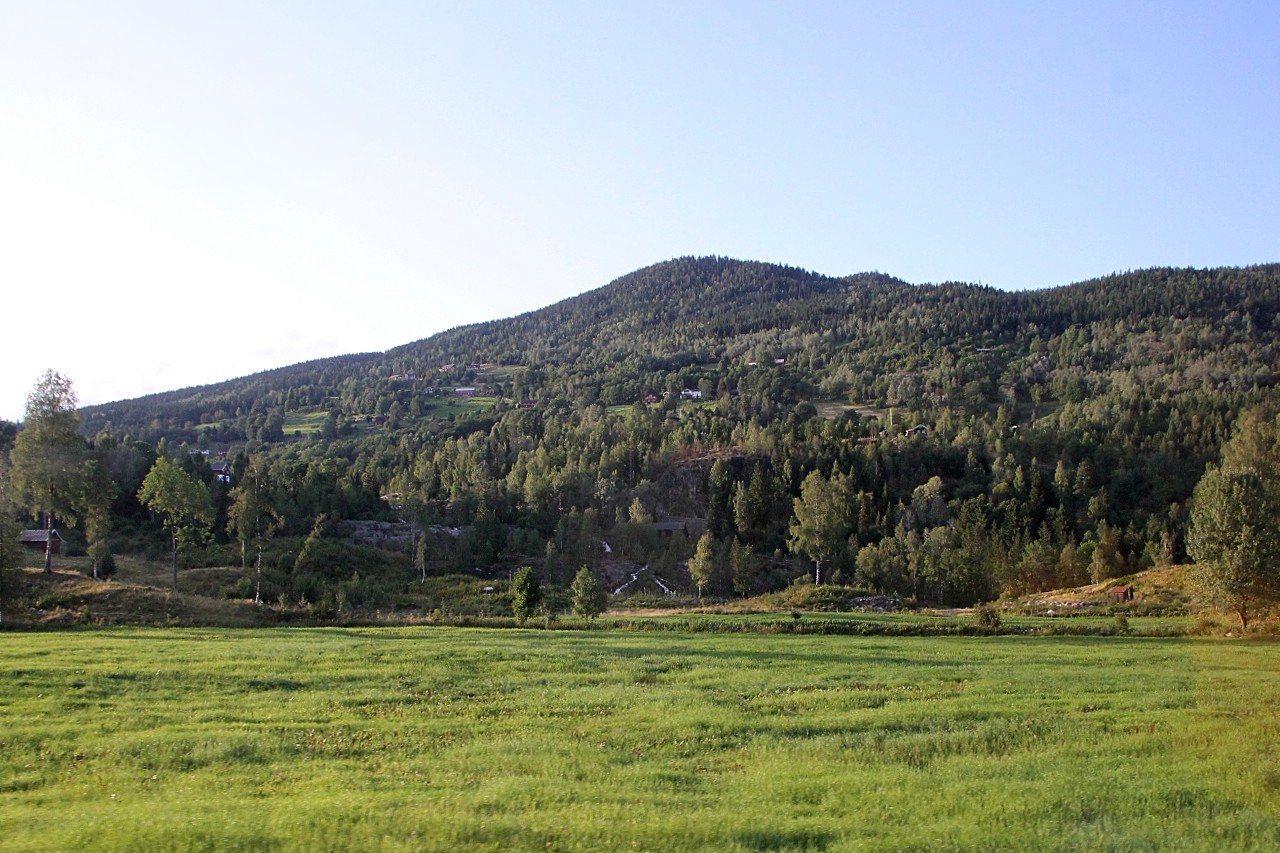
The short stop in the tiny farming village of Sauland was a long one - there is only one toilet cubicle at the gas station - a group tourist is not a frequent guest here. But there is a huge supermarket with an assortment no worse than the capital, working from 8 to 22 hours. By the way, here I bought a classic and utilitarian Norwegian souvenir-a cheese spatula for only 32 kronor, while in tourist shops they are far over a hundred. Sauland is the centre of municipality (commune) Hartal, next to the supermarket are "Delovoy Kvartal" - the administration building, the Department SpareBank, library. It was interesting to see the Bulletin Board covered with posters of events of the local club. It turned out that the cultural life of the agricultural backwoods is very rich, residents are offered a variety of activities, from circus performances of traveling troupes to the Symphony orchestra from Oslo.
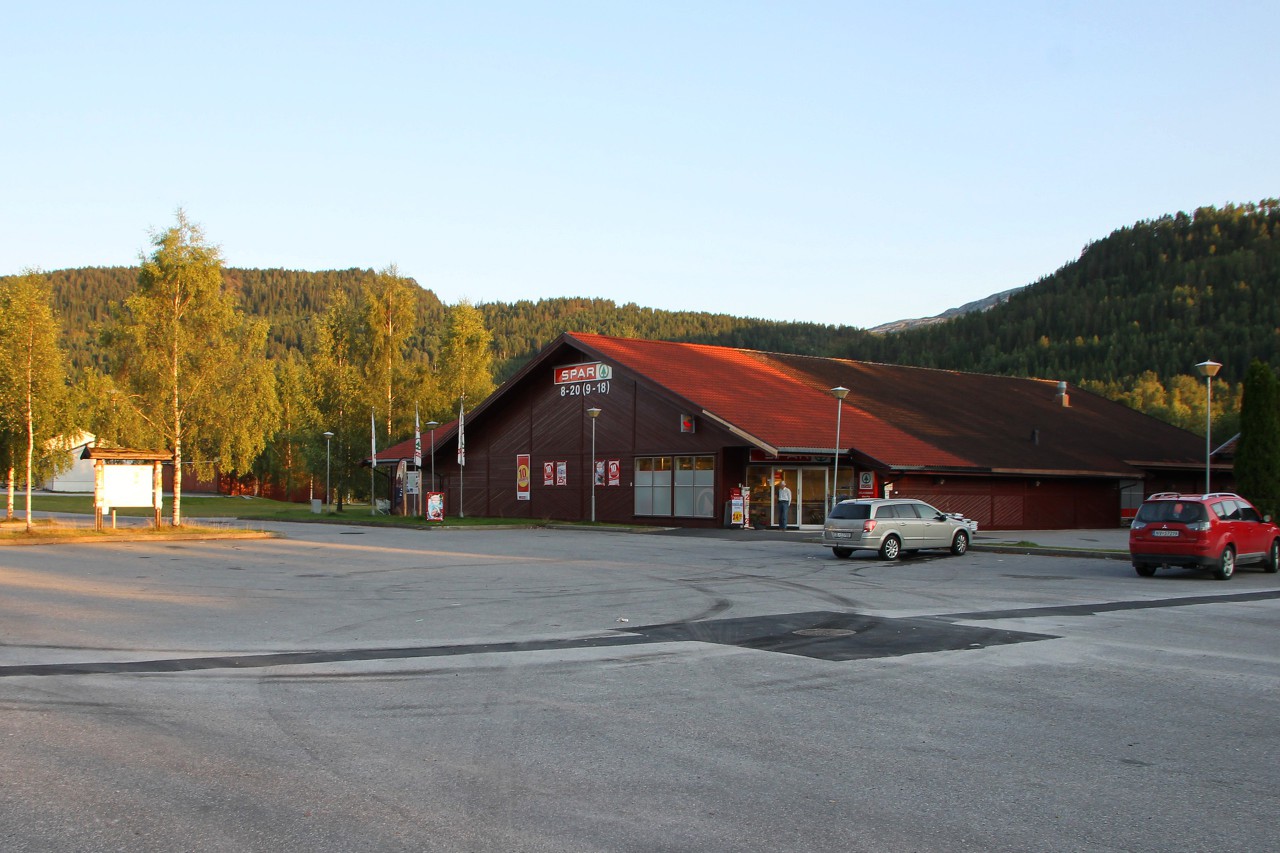
Farmers also buy firewood for home fireplaces in supermarkets, and it is very troublesome to prepare firewood on their own. A pallet with packages of neat birch logs stands right on the street - firewood here, apparently, is not stolen.
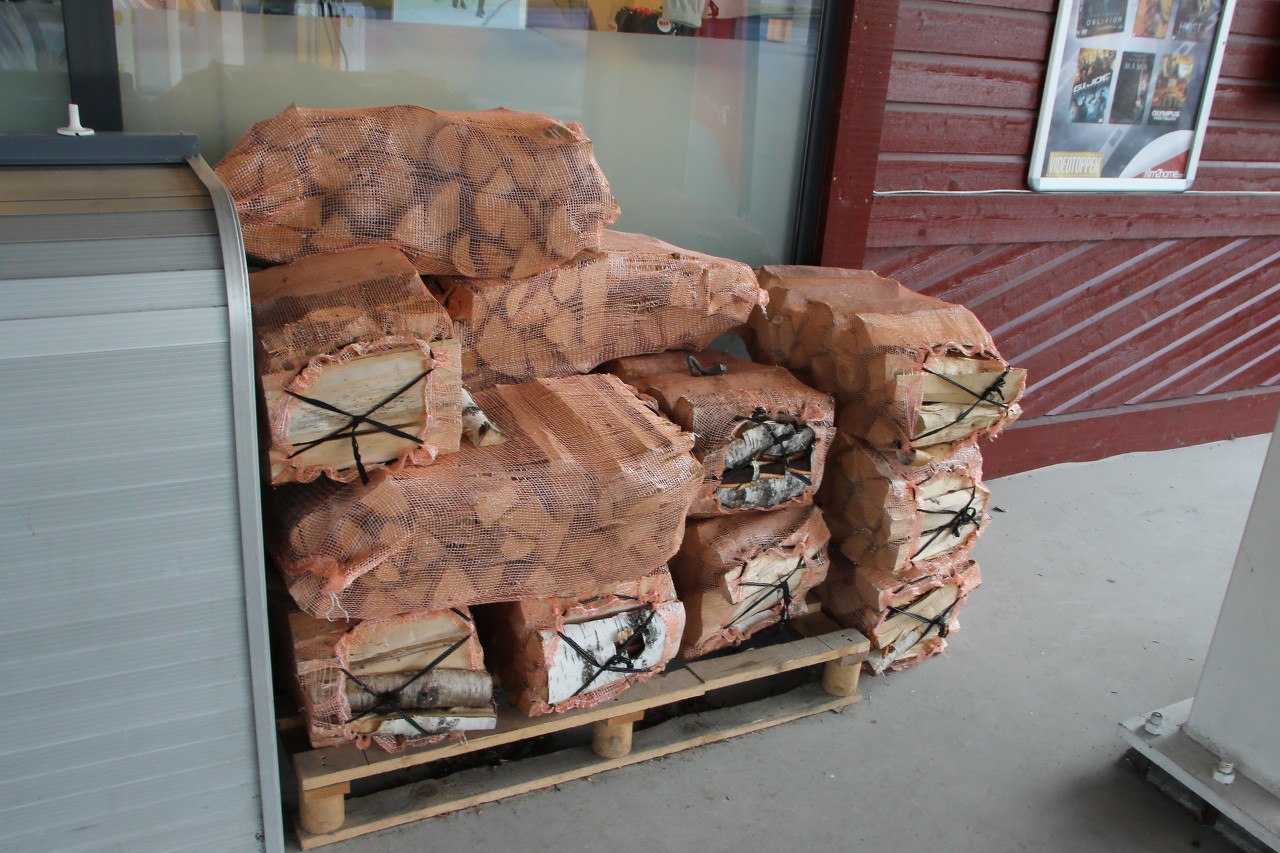
A huge red Norwegian cat catches the last rays of the setting sun on a bench covered with felt-tip pens, ignoring the crowd of tourists.
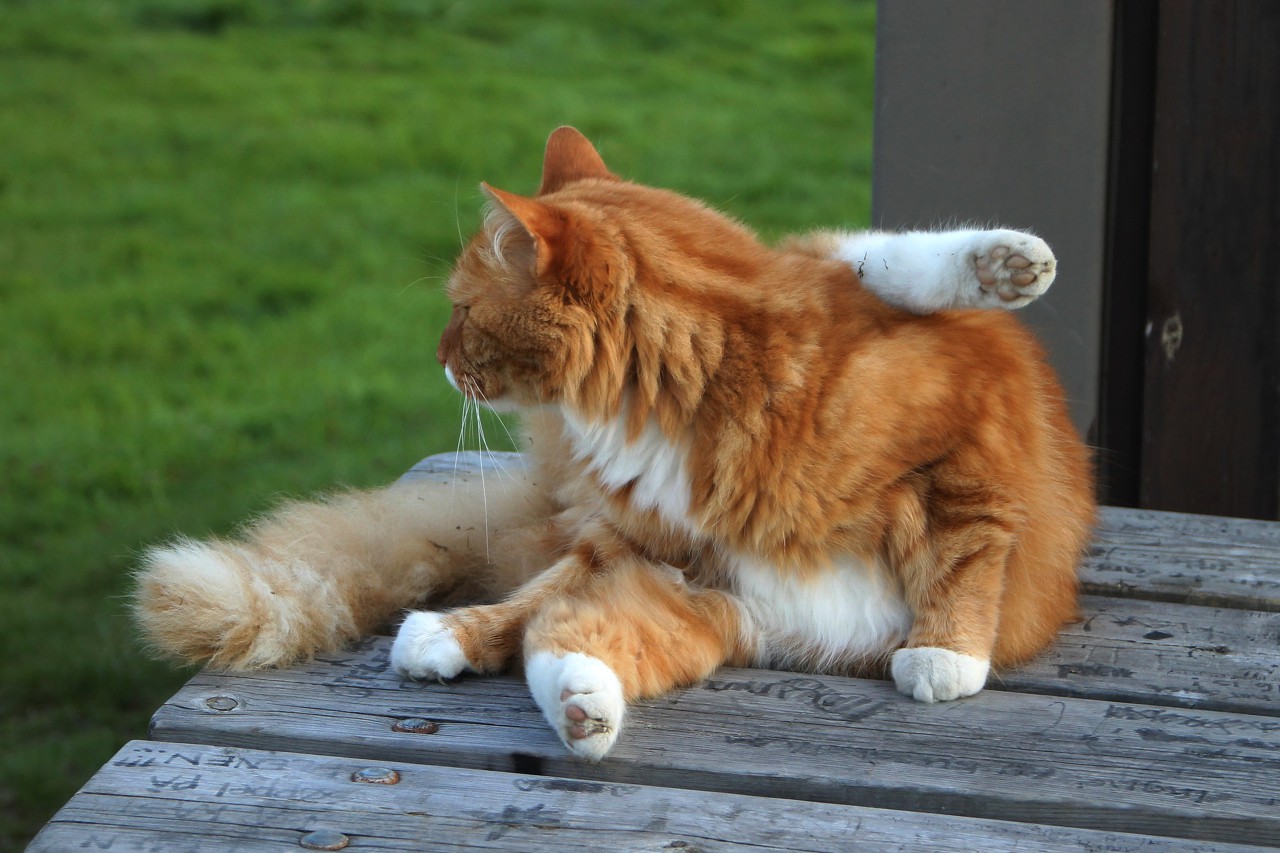
Late in the evening we reached another hotel on the outskirts of Oslo. Tomorrow the whole day will be dedicated to the Norwegian capital.